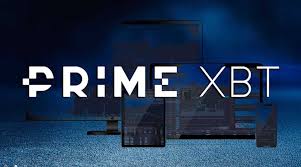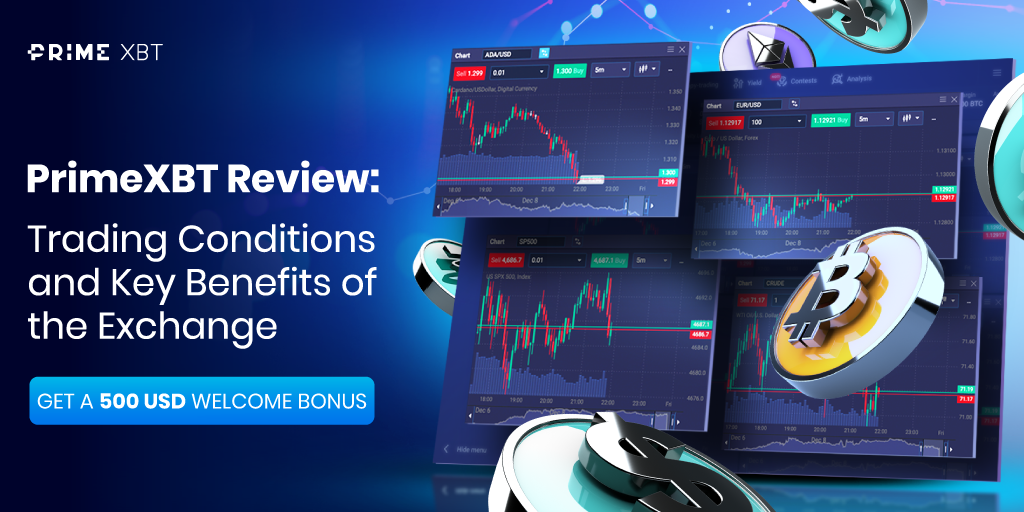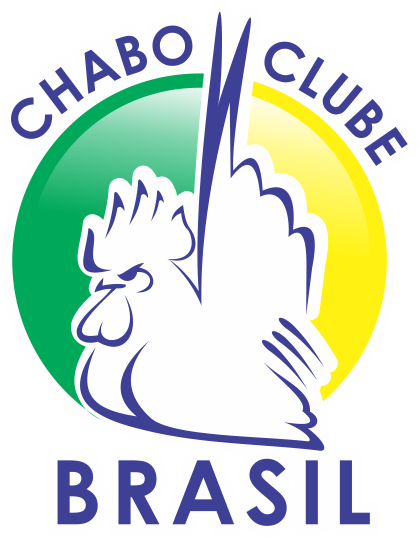
Limit vs Market PrimeXBT: Understanding the Differences
In the world of trading, understanding the different types of orders is essential for effective market participation. One trading platform that has gained popularity among cryptocurrency investors is PrimeXBT. Traders often debate the merits of various order types, particularly Limit vs Market PrimeXBT limit vs market PrimeXBT. In this article, we will delve into both order types, highlighting their distinctions, advantages, and scenarios where one might be preferred over the other.
Overview of PrimeXBT
PrimeXBT is a cryptocurrency trading platform that allows users to trade a wide range of assets, including Bitcoin, Ethereum, and various other altcoins. The platform offers both margin trading and derivatives trading, making it attractive for traders looking for leverage. Understanding how to effectively use limit and market orders on PrimeXBT can lead to better trading outcomes.
What is a Market Order?
A market order is a type of order that is executed immediately at the current market price. When a trader places a market order, they are essentially stating that they want to buy or sell an asset at the best available price. Market orders are known for their speed and simplicity, but they come with some risks.
Advantages of Market Orders
- Immediate Execution: Market orders are executed quickly, ensuring that traders can enter or exit positions without delay.
- No Price Requirements: Unlike limit orders, traders do not need to specify a price for execution, making market orders straightforward.
- Suitable for Volatile Markets: In highly volatile markets, where prices can change rapidly, market orders can help traders capitalize on price movements.
Disadvantages of Market Orders
- Slippage: One of the biggest downsides of market orders is the risk of slippage. This occurs when the market price changes between the time the order is placed and its execution, leading to a less favorable price.
- No Control Over Price: Traders have no control over the price at which their order is executed, which can be a significant disadvantage in illiquid markets.
What is a Limit Order?
A limit order is an order to buy or sell an asset at a specific price or better. Unlike market orders, limit orders provide traders with more control over the execution price. Traders can set a limit buy price, above which they will not purchase an asset, or a limit sell price, below which they will not sell.

Advantages of Limit Orders
- Control Over Execution Price: Limit orders give traders the flexibility to choose the price at which they want to execute a trade.
- Reduced Risk of Slippage: Since traders specify the price, they minimize the risk of slippage associated with market orders.
- Can Improve Average Price: Traders can potentially improve their average entry or exit price with limit orders, especially in a fluctuating market.
Disadvantages of Limit Orders
- Delayed Execution: Limit orders may not execute immediately if the market price does not reach the specified limit price.
- Missed Opportunities: In rapidly moving markets, a trader’s limit order may not be filled, which can result in missed trading opportunities.
When to Use Market Orders
Market orders are ideal in situations where speed is of the essence. For example, if a trader wants to exit a position during a sharp price drop to limit losses, a market order would be appropriate. Additionally, in fast-moving markets, such as during significant news events or market openings, market orders can help secure a trade without delay.
When to Use Limit Orders
Limit orders are most useful when a trader has a target price in mind. If a trader believes that Bitcoin will reach a specific price before rallying, they might set a limit buy order below the current market price. This strategy allows them to enter the market at a favorable price. Limit orders are also advantageous in less liquid markets, where slippage can be a significant concern.
Conclusion
Understanding the differences between limit and market orders on PrimeXBT can significantly impact your trading success. While market orders are favored for their immediate execution, limit orders provide greater control over entry and exit prices. By recognizing when to use each type of order, traders can enhance their overall strategy and make more informed decisions in the ever-evolving cryptocurrency market.
Ultimately, both order types serve their purposes, and the choice between limit vs market orders depends largely on individual trading strategies, market conditions, and personal preferences. As you continue trading on PrimeXBT, consider your objectives and the volatility of the market to determine which order type aligns best with your trading style.

